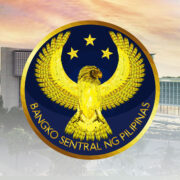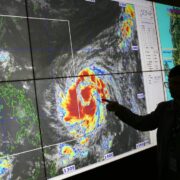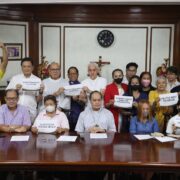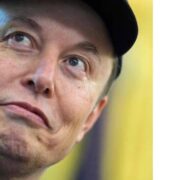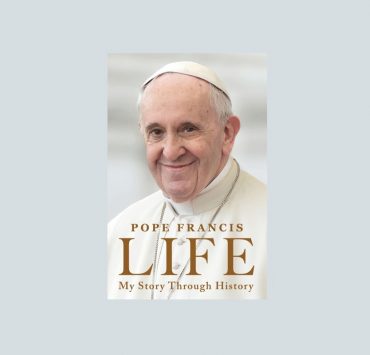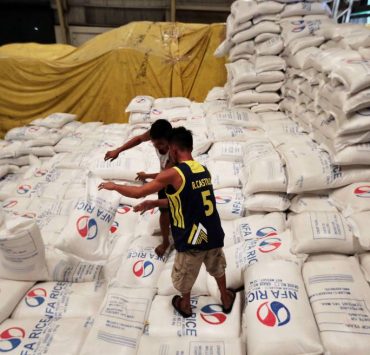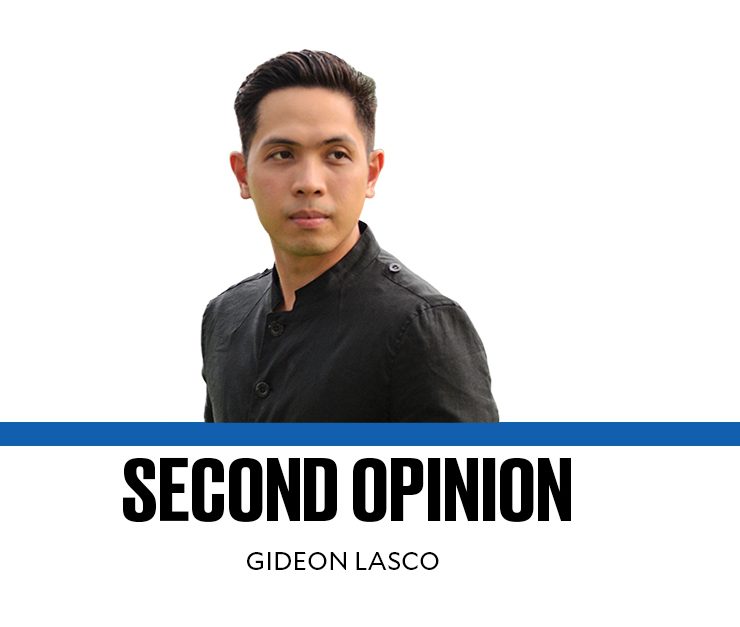Photoshop and the princess
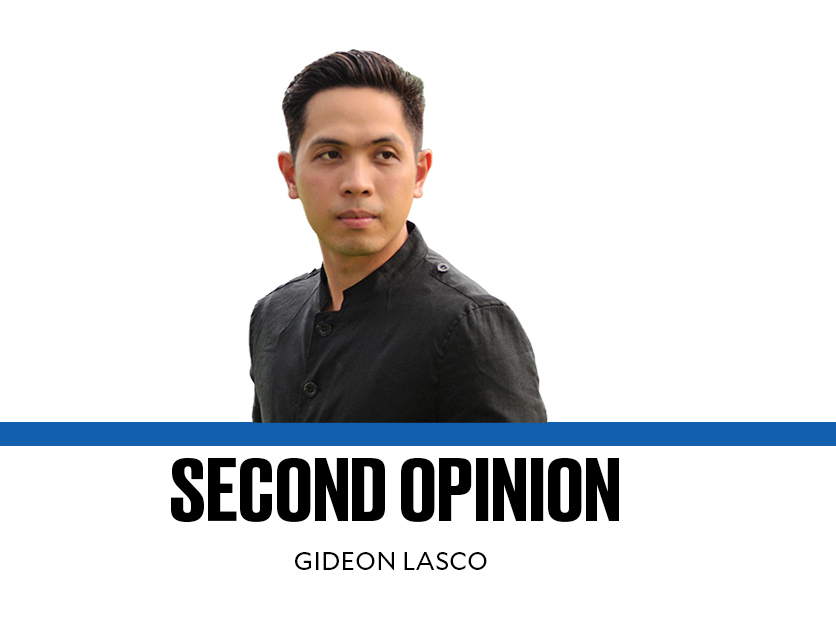
The release of Kate Middleton, the Princess of Wales’ photo with her children, and the subsequent revelation that it was altered, make for an intriguing case study of how photography is perceived, practiced, processed, and performed during our time.
Supposedly taken by Prince William, the photo of the princess with their three children must have been intended to be, in the words of a Times of London report, “a heartwarming posting to the public on Mother’s Day, providing an ideal opportunity for the princess to thank the public for their support and good wishes and provide some public reassurance about her health as she continued her recovery from abdominal surgery.” The photo release—which coincided with Mother’s Day in the United Kingdom, came on the heels of a paparazzi picture of the princess in a car alongside her mother—and amid growing speculation about her condition and whereabouts, having been last seen in public on Christmas Day.
Within minutes of the photo’s release, however, social media was already abuzz with signs of alteration, further fueling conspiracy theories and raising further questions about the princess. Hours later, as if to confirm and dramatize such suspicions, news agencies issued “kill notices” to retract the photo, noting—as the Associated Press did—that “at closer inspection, it appears that the source has manipulated the image.” A day later, the princess herself issued a mea culpa, saying: “Like many amateur photographers, I do occasionally experiment with editing. I wanted to express my apologies for any confusion the family photograph we shared yesterday caused.” As expected, such admission only stoked further speculation, as well as doubts about other royal photos before and after—including those showing William and Kate on a vehicle a day later.
Time will tell what will be the next episode in the never-ending saga of the Windsors, perhaps the most photographed family in the world. Beyond royalty, however, the photo speaks to the realities—and unrealities—of photography today, at a time of app-based photo editing and artificial intelligence (AI)-generated deepfakes. It was not too long ago that an image of Pope Francis wearing an oversized, Balenciaga-like, white-colored puffer coat went viral, underscoring the unlimited visual possibilities allowed by Midjourney and other AI software. While such editing can simply be for entertainment, the potential for abuse is just as endless, as the deepfake pornographic images of Taylor Swift and other celebrities underscore; already, federal legislation in the United States is being introduced to address this novel form of abuse. As elections loom in the US and other countries, political observers are already bracing for a “deepfake era” of more compelling, difficult-to-disprove disinformation.
On the other hand, much of photo-editing today is for far more mundane, and far less malevolent, purposes, like a mother wanting a perfect image of her family, each child smiling and looking at the camera. Or a tourist wanting to remove the “photobomber” that would have ruined their otherwise Instaworthy picture with Machu Picchu and some alpacas in the background. And this is true even in professional photography where “minor adjustments” are par for the course. In fact, smartphones have built-in post-processing software that retouches photos the moment they are captured. In one sense, then, most photos are “edited.”
Further adding nuance to the picture is the fact that long before AI and long before Adobe Photoshop, people have been editing photos, with Abraham Lincoln’s images being one of the earliest examples. The Royal Family also has a history of using photography—including photographic manipulation which was common practice during the time of Queen Victoria. Perhaps what makes today’s technologies different is that they have become more “realistic” and far more ubiquitous, amid the three billion photos that are uploaded daily, but then as now, the question remains: Where do we draw the line between what’s acceptable and unacceptable?
In an influential 1977 essay, the cultural critic Susan Sontag opined that photography has altered the way reality itself is understood, noting that “the credence that could no longer be given to realities understood in the form of images was now being given to realities understood to be images, illusions.” She claimed that “photography has powers that no other image system has ever enjoyed because, unlike the earlier ones, it is not dependent on an image-maker.” If Sontag were alive today, would she still have recognized the era that she described? If pictures can no longer be trusted, then what of reality itself? Some experts have proposed a system of credentialing and verification to maintain the status of photography as a means of journalistic or official documentation; others are advocating for a practice of disclosure, whether of software or AI use—especially if that is where we’re headed.
Whether or not it is real, and regardless of what even counts as “real” today, Kate Middleton’s Mother’s Day photo is a clear snapshot of these conundrums—and of our time.
Gideon Lasco, physician, medical anthropologist, and columnist, writes about health, medicine, culture, society, and in the Philippines.


